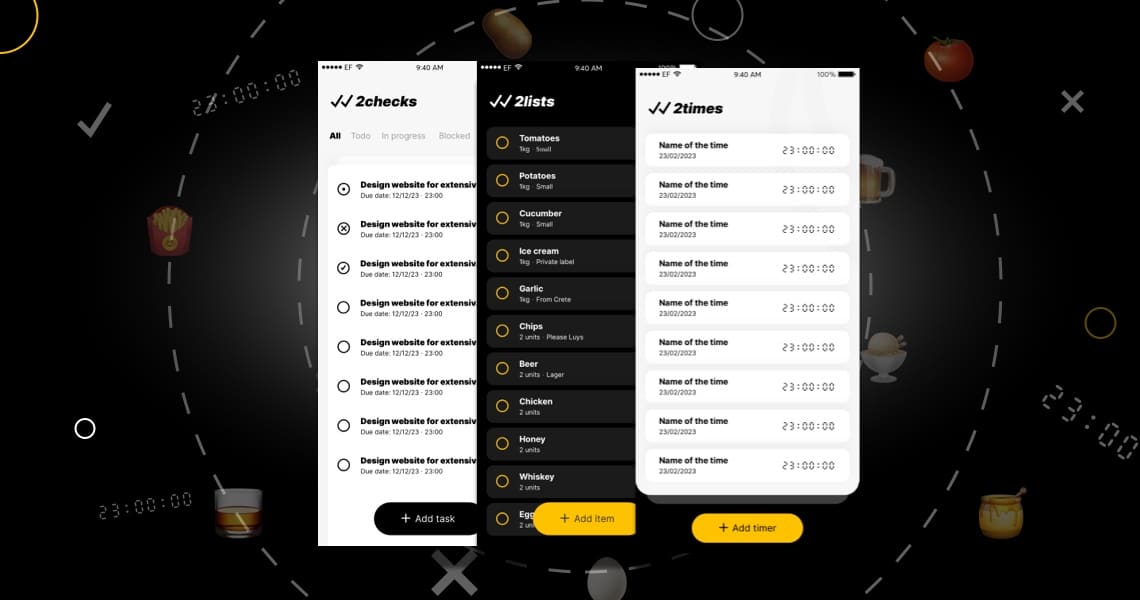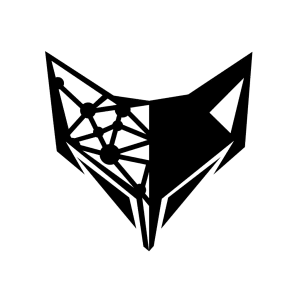
A to-do list app is a useful tool for individuals and teams looking to stay organized and on top of their tasks. With so many different options available, it can be overwhelming to decide which features to include and how to build a to-do list app that stands out. In this article, we will explore the key features that a to-do list app should have and ideas for building and monetizing the app.
ToDo List App Key Features
Task Management: A to-do list app should provide users with the ability to effectively create and manage tasks. This includes the capability to add, edit, delete, and mark tasks as complete. This feature allows users to effectively keep track of their tasks and ensure that nothing is forgotten. Furthermore, the ability to mark tasks as complete allows users to visually track their progress, which can be a motivating factor.
Task Prioritization: Users should have the option to prioritize their tasks based on importance or urgency. This feature enables users to focus on the most important tasks first, which can be beneficial when managing multiple tasks simultaneously. Additionally, the ability to prioritize tasks ensures that users are working on what is important to them.
Task Reminders: Users should have the option to set reminders for their tasks to ensure they don’t forget to complete them. This feature can be especially useful for users who are prone to forgetfulness or easily distracted. Additionally, task reminders can help users stay on track and ensure that they complete their tasks on time.
Task Sharing: For teams, the app should have the capability to allow users to share their tasks and collaborate with others. This feature allows team members to see what tasks are being worked on, and by whom, which can be helpful for coordination and collaboration. Additionally, the ability to share tasks can also help teams stay on track and ensure that everyone is aware of what needs to be done.
Task Filtering: Users should be able to filter their tasks by category, date, or other parameters to make it easier to find the tasks they need. This feature allows users to focus on specific tasks, which can be helpful when trying to manage multiple tasks at once. Additionally, the ability to filter tasks can also make it easier for users to find what they’re looking for, making the to-do list app a more efficient tool for task management.
Monetizing the ToDo List App
A way to monetize your ToDo List app is Apple’s and Google’s In-App Purchases.
Freemium Model: Offer a free version of the app with basic features, but charge for advanced features or additional storage. This model allows users to try the app before committing to a paid version, which can be helpful for attracting users.
Subscription Model: Charge a monthly or annual fee for access to the app’s features. This model can be helpful for generating a steady revenue stream from users who find the app valuable.
Virtual Goods: Offer additional features or customization options that can be purchased within the app.
Building a To-Do List App without Coding: Kodika ToDo List App Maker
Building a to-do list app can be a challenging task for those without a technical background. However, with the help of a no-code app builder like Kodika, anyone can create a professional-looking app without writing a single line of code. Kodika is an intuitive platform that allows users to create and customize their app using pre-built templates and drag-and-drop functionality. The platform also includes a variety of features such as user authentication, push notifications, and data storage, which can be helpful for building a to-do list app.
Using a no-code app builder like Kodika can be a great way to save time and money when building an app. With Kodika, you can create a fully functional app in a matter of hours, rather than spending weeks or months coding from scratch. Additionally, Kodika offers an affordable pricing plan that can be helpful for those on a budget.
For those who are looking for a more streamlined approach, Kodika ToDo list app maker also offers pre-built apps that can be customized to fit your needs. For example, you can purchase a pre-built to-do list app built using Kodika and then customize it to your liking. This can be a great way to get your app up and running quickly, while still having the flexibility to add your own personal touch. So, if you’re looking to create a to-do list app, Kodika ToDo list app maker is a great option that can help you create a professional-looking app with minimal effort.
Creating a Unique To-Do List App Experience
To differentiate from current to-do list apps, it’s important to identify what sets your app apart from the competition.
One way to do this is to focus on a specific target market or user group. For example, if you’re building a to-do list app for busy professionals, you may want to include features such as calendar integration, task delegation, and time tracking. These features can be helpful for users who need to manage their time effectively and stay on top of their tasks.
Another way to differentiate your app is to focus on a unique feature or experience. For example, you could create a to-do list app that gamifies the task completion process. Users could earn points or rewards for completing tasks, and the app could include a leaderboard to encourage competition. This can be a fun and engaging way to make the task management process more enjoyable for users.
Finally, you could differentiate your app by focusing on the overall design and user experience. A clean, minimalistic design can be easy on the eyes and make it easy for users to navigate and manage their tasks. Additionally, an intuitive, user-friendly interface can make it easy for users to get started and start using the app right away. This can be an important factor for users who are looking for an app that is easy to use and doesn’t require a lot of learning.
In summary, to differentiate from current to-do list apps, you can focus on a specific target market or user group, offer a unique feature or experience and focus on the overall design and user experience. By understanding the unique needs of your users and catering to them, you can create an app that stands out from the competition.
Creating an Intuitive To-Do List App with ChatGPT and AI
ChatGPT and AI can help differentiate a to-do list app by providing users with advanced features and a more personalized experience. By integrating ChatGPT and AI into the app, users can benefit from features such as natural language processing (NLP) and machine learning (ML).
One way that ChatGPT and AI can help a to-do list app is by providing users with a more intuitive way to add and manage tasks. With NLP, users can input their tasks in a natural, conversational manner, rather than having to input tasks in a specific format. For example, instead of having to input “buy groceries at 9 am”, a user can simply say “I need to buy groceries tomorrow at 9 am”.
Another way that ChatGPT and AI can help a to-do list app is by providing users with personalized task recommendations. By analyzing the user’s task history and preferences, the app can suggest tasks that are most relevant to the user. For example, if a user frequently adds tasks related to work, the app could suggest tasks related to networking or professional development.
AI can also help in automating the task reminders, by analyzing the user’s schedule, the app can remind the user of their tasks in the most convenient time for them. This can be especially helpful for users who have a busy schedule and are prone to forgetfulness.
Additionally, ChatGPT and AI can help a to-do list app by providing users with a more efficient way to collaborate with others. By using machine learning, the app can analyze the tasks that team members are working on and suggest tasks that are most relevant to each team member. This can help teams stay on track and ensure that everyone is aware of what needs to be done.
In summary, the integration of ChatGPT and AI can help a to-do list app by providing users with advanced features such as natural language processing and personalized task recommendations. Additionally, ChatGPT and AI can help users by providing an intuitive way to add and manage tasks, and a more efficient way to collaborate with others. By providing users with these features, a to-do list app can stand out from the competition and provide users with a more personalized and efficient experience.
